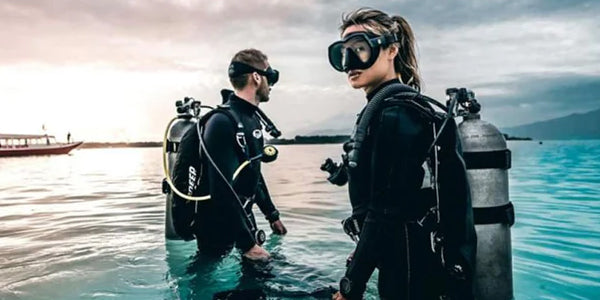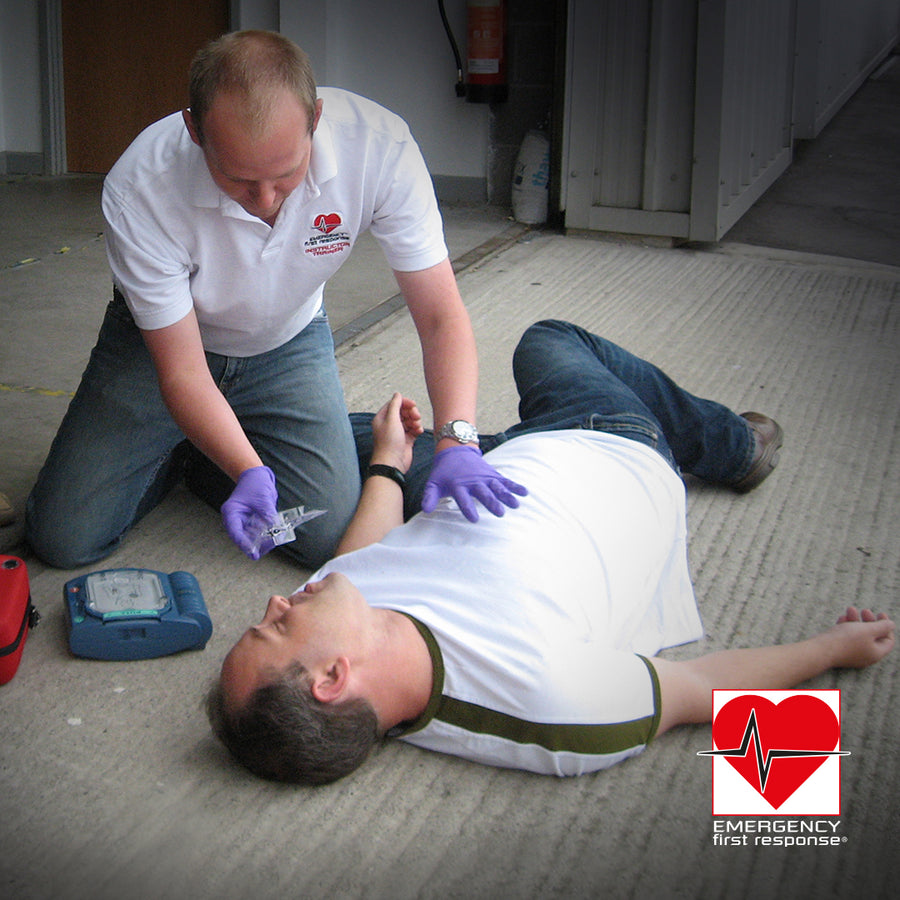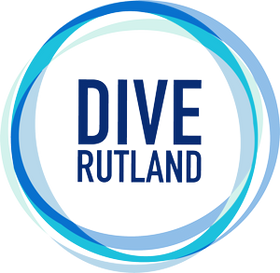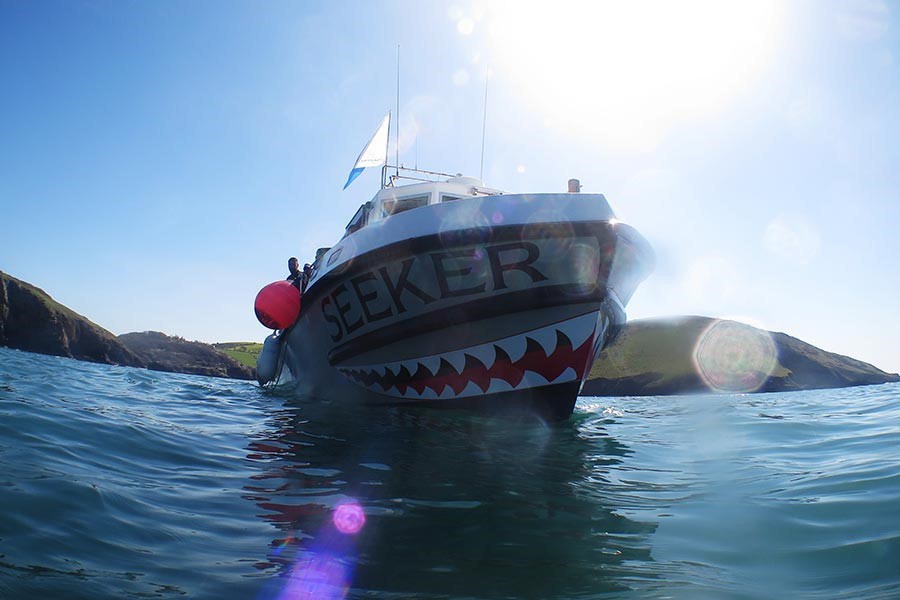Air Planning

Air planning is a key factor when it comes to planning a dive. Do you just go diving and assume you have enough air for the dive or do you take a minute and plan... we hope it is the later.
Remember your maximum dive time will vary with cylinder size and dive depth.
What is Air Planning?
Its the answer to the following questions.
- How much air is in my Scuba cylinder?
- How long will that last me during the dive?
- Do I have enough reserve air for my buddy?
How much air is in my scuba cylinder?
To calculate the amount of air in a cylinder you multiply your cylinder size (litres) by the cylinder pressure (Bar).
Cylinder size x Fill pressure = Available Air
10L x 210 Bar = 2,100 Litres
12L x 210 Bar = 2,520 Litres
15L x 210 Bar = 3,150 Litres
10L Twinset x 210 Bar = 4,200 Litres
12L twinset x 210 Bar = 5,040 Litres
How long will that last me during the dive?
The next figure you need is your Surface Air Consumption (SAC) rate. Your SAC rate is how much air you breath during 1 minute while on the surface, usually while doing gently finning. If you do not know your SAC rate, then assume a value of 25 litres per minute, but do not rely on this figure.. use previous logged dives to calculate your SAC rate OR if your computer is downloadable to a supplier piece of software, download and use the application, which in most instances will calculate and show you, your SAC rate.
We can use our SAC rate and Boyle’s law to work out how much air we will breathe at any given depth. We call this the Respiratory Minute Volume (RMV) and it is also measured in litres per minute(LPM).
Boyles Law
Boyle's Law states "For a fixed amount of an ideal gas, kept at a fixed temperature, pressure and volume are inversely proportional."

For every ten meters of descent the pressure increases by one atmosphere absolute (ata or atm). Therefore total lung volume during a breath hold dive at ten meters is half of what it was at the surface. At 20m it is one third, at 30m it is 1/4, at 40m it is 1/5.
When a diver surfaces or ascends these figures are reversed. But when breathing compressed gases, as in scuba diving, the mass of gas in the lungs is increased to fill the normal volume.
An ascent to the surface without exhaling would cause the air already in the lungs to expand further, but with minimal capacity to do so. If a diver rushes to the surface with full lung capacity at 20m the lungs would expand a further three times normal with the largest pressure change of all happening at the last ten metres when it would double.
Respiratory Minute Volume (RMV)
SAC x Pressure = RMV
Depth Pressure x SAC rate RMV
Surface 1 Bar x 25 LPM = 25 LPM
10m 2 Bar x 25 LPM = 50 LPM
20m 3 Bar x 25 LPM = 75 LPM
30m 4 Bar x 25 LPM = 100 LPM
40m 5 Bar x 25 LPM = 125 LPM
Bottom Phase of the Dive
We now know exactly how much air we will use for every minute we spend at a certain depth. Lets take a look at a couple of examples:
We spend 15 minutes at 10m, how much air do we use? (SAC = 25 lpm)
- RMV = SAC x Pressure
- Pressure at 10m = 2 Bar
- SAC = 25 lpm
- RMV = 25 x 2 = 50 lpm
- Air used = RMV x time
- Air used = 50 x 15 = 750 litres
We spend 20 minutes at 30m, how much air do we use?
- RMV = SAC x Pressure
- Pressure at 30m = 4 Bar
- SAC = 25 lpm
- RMV = 25 x 4 = 100 lpm
- Air used = RMV x time
- Air used = 100 x 20 = 2,000 litres
Ascending from the Dive
Ascending from the dive, you have two options when it comes to calculating the air used during the ascent. The first is to simply add the time it takes to ascend onto the bottom time:
We ascend from 40m to the surface at a rate of 10m a minute, how much air is used during the ascent if we ascend at a rate of 10m a minute?
- RMV = SAC x Pressure
- Pressure at 40m = 5 Bar
- SAC = 25 lpm
- RMV = 25 x 5 = 125 lpm
- Air used = RMV x time
- Time = Depth ÷ 10
- Time = 40m ÷ 10 = 4 minutes
- Air used = 125 x 4 = 500 litres
While the above method is probably good enough for most people, there is a more accurate alternative. We calculate the depth half-way between the bottom and the surface and use that pressure instead.
We ascend from 40m to the surface at a rate of 10m a minute, how much air is used during the ascent if we ascend at a rate of 10m a minute?
- Average depth of ascent = 0.5 x 40m = 20m
- RMV = SAC x Pressure
- Pressure at 20m = 3 Bar
- SAC = 25 lpm
- RMV = 25 x 3 = 75 lpm
- Air used = RMV x time
- Time = Depth ÷ 10
- Time = 40m ÷ 10 = 4 minutes
- air used = 75 x 4 = 300 litres
Putting it all together
We can now calculate the air used during the bottom phase of a dive and during the ascent. In this example we are going to look at a real world dive:
- The diver has a 15L cylinder filled to 210 bar
- They are going to spend 10 minutes looking at a 30m wreck
- Then they will ascend to 10m and spend 20 minutes on a reef
Depth Time RMV Air used Air remaining
Surface 3,150
30m 10 minutes 100 LPM 1,000 2,150
10m 20 minutes 50 LPM 1,000 1,150
So, as you can see, we still has over 1,000 litres of air left (thats 77 Bar in a 15L cylinder). While the above method tells us how much air a diver will use, what we really want to know is how long will my air last.
How long will my air last?
We now know how to do all the calculations that will let us answer this question.
A diver explores a 20m deep wreck. If he has a 15L cylinder filled to 210 Bar, how long can he spend on the dive?
First calculate how much air we have available:
- 15 litre cylinder
- 210 Bar fill pressure
- 70 Bar at end of dive
- 140 Bar available during dive
- Available air = Cylinder size x Pressure
- Available air = 15 x 140 = 2,100
Then work out the air used during the ascent, remember that we ascend at a maximum of 10m a minute:
- Average depth of ascent = 0.5 x 20m = 10m
- RMV = SAC x Pressure
- Pressure at 10m = 2 Bar
- SAC = 25 lpm
- RMV = 25 x 2 = 50 lpm
- Air used = RMV x time
- Time = Depth ÷ 10
- Time = 20m ÷ 10 = 2 minutes
- Air used = 50 x 2 = 100 litres
Now we can work out how much air is left for us to use during the bottom phase of the dive:
- Available air = 2,100 litres
- Ascent phase air = 100 litres
- Bottom phase air = 2,000 litres
Now we can calculate our bottom time:
- Bottom phase air = 2,000 litres
- Bottom phase depth = 20m
- RMV = SAC x Pressure
- RMV = 25 x 3 = 75 litres per minute
- Bottom time = bottom air ÷ RMV
- Bottom time = 2,000 ÷ 75 = 26 minutes (round down)
That may look complicated, but that is mainly because I have shown you the full workings out. Once you get the hang of it, air planning is actually fairly simple.
Before we end I should point out that we have only covered basic air planning. If your dive involves decompression stops, then you will need to carry additional air reserves.
V1.01 July 2020 / V1.00 August 2018










